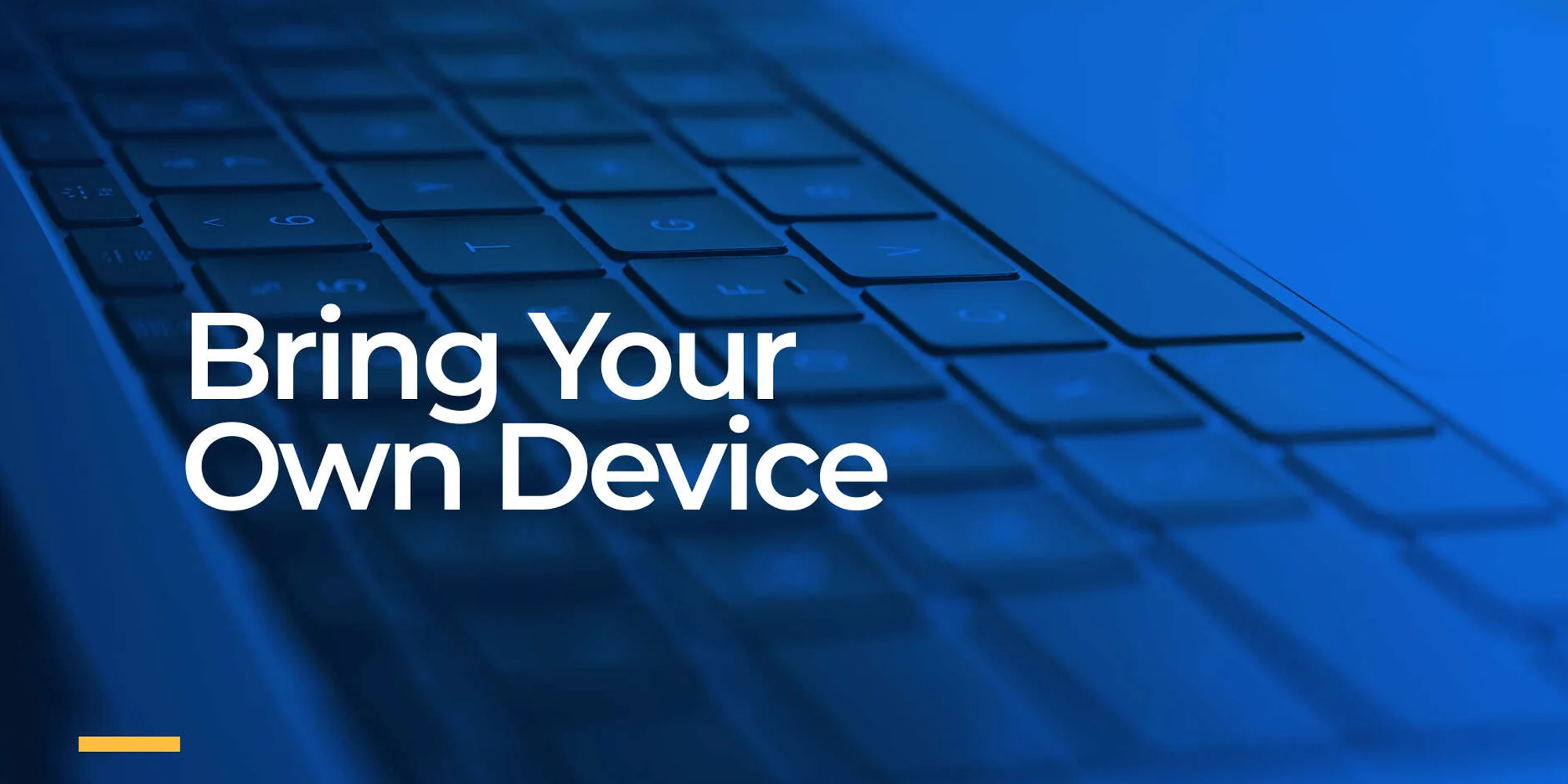
In this article
BYOD Policy Helps, but Only With Cyber Security in Place
In this article
Introduction
These days, mobile phones have become vastly popular across the globe. In 2019, worldwide smartphone penetration was 65%, and it is predicted to reach approximately 80% by 2025. The reducing prices of these devices and technological advancements in the industry have made them highly affordable for people all over the globe.
Smartphones are now able to perform almost all the functions that are performed by PCs;
Example: Offering access to emails, global positioning systems, and the internet.
Even though technology has made things incredibly easy for people, it has also paved the way for security breaches.
Security measures, including software and firewall, are not frequently updated on mobile devices, which makes them vulnerable to cyber-attacks. Furthermore, the growing utilization of mobile devices has also given rise to mobile botnets that result in the loss of information and can also lead to the denial of services (DoS). In a recent interview with Economic Times, Saurabh Sharma, who is a senior security researcher at Kaspersky said, “We see smartphone users being targeted more due to mass consumption and increased digitalization.”
Owing to this, the global cybersecurity market is predicted to generate revenue of $433.6 billion by 2030, increasing from $119.9 billion in 2019, at a 12.6% CAGR during the forecast period (2020–2030).
What Is Cyber Security?
Cybersecurity defends computers, mobile devices, networks, electronic systems, data, and servers from malicious attacks. Different types of cybersecurity solutions are meant for protecting all these solutions and devices. The major cybersecurity solutions are:
- Data loss prevention
- Antivirus
- Distributed denial of service (DDoS) attack management
- Unified threat management
- Intrusion detection system/intrusion prevention system
- Encryption
- Security and vulnerability management
- Firewall
- Identity and access management
- Risk and compliance management
Out of all these, the demand for identity and access management solutions has been the highest up till now, owing to the rising need for complete user access control in enterprises, protection of sensitive data, secured collaboration with external stakeholders, and automation of repetitive tasks. As per an article on the website of Norton, in 2017, 15 million people in the U.S. suffered financial losses due to identity thefts. The adoption of this solution further decreases IT expenditure.

Other than these, a number of services are also offered by cybersecurity vendors, which include:
- Professional
- Managed
The demand for professional services, specifically risk and threat management services, is projected to increase considerably in the coming years in organizations. Threat management services are being used for 24×7 security monitoring, proactively identifying the vulnerabilities in the system, analyzing the causes of cyber incidents, enhancing the threat response time, and reducing the operational complexities.
Penetration of BYOD Policy Driving Need for Cyber Security
The growing utilization of the bring-your-own-device (BYOD) policy in companies is a key factor leading to the increasing requirement for cybersecurity solutions and services. It has been observed that BYOD enhances productivity and improves employee satisfaction. A lot of people are more comfortable working on their own devices, rather than the ones provided by companies.
However, the adoption of this policy has also been posing various challenges for companies, in terms of data security. Personal devices do not have innovative security measures for mitigating the risks involved. Furthermore, IT departments are not always able to fully approve and evaluate each and every employee device, which further leads to a high-security threat to confidential data. Owing to this, companies are increasingly adopting cybersecurity solutions for protecting their data.
Cyber Security Also Helping Comply With Data Privacy Regulations
Cybersecurity solutions are not just needed for protecting the data, but for meeting regulatory compliances as well. In order to provide an enhanced security ecosystem, governments of several countries have introduced various cyber laws, in addition to amending the existing laws.
Such regulations make it mandatory for companies to invest in cybersecurity services and solutions so that they can avoid financial loss and ensure that individuals’ personal data is safeguarded. For example, in 2018, the California Consumer Privacy Act was signed, which came into effect in January 2020. The act aims to offer consumers control over their personal information and strong data privacy rights.
Despite High Usage of Cyber Security, Statistics Still Ominous for North America
Companies and individuals in North America have been deploying cybersecurity solutions the most significantly, which can be ascribed to the below-mentioned factors:
- Swift implementation of data center services
- Growing focus on using advanced data analytics tools
- Presence of major cloud service providers
- Shift to a multi-cloud environment
- Adoption of electronic health records
- Increasing utilization of mobile applications

However, even after a strongly secured IT infrastructure with innovative cybersecurity solutions, the scenario is quite grim in the region. As per Norton, between 2015 and 2017, 38% of all cyberattacks were targeted on U.S. companies and individuals. Further, the country is expected to witness almost 50% of all data breaches by 2023, with 33 billion records predicted to be stolen. Moreover, IBM says that compared to the $3.86 million global average, every data breach costs the U.S. $8.64 million. This is why the U.S. government kept aside $15 billion in its 2019 budget as cybersecurity spending.
In addition to this, the use of cybersecurity solutions and services is also projected to rise considerably in the Asia-Pacific region in the coming years. The rising traffic on websites, deployment of big data analytics in business operations, increasing adoption of cloud computing services, and expanding the e-commerce sector are driving the need for cybersecurity solutions in the region.
Also Read: Top 10 Cyber Security Tools To Look Out For In 2021
As per Norton, following the U.S., India is second on the list of cybercriminals, witnessing 17% of the worldwide cyberattacks. Other APAC countries in Norton’s list of the top 10 countries by percentage of global targeted cyberattacks during 2025–2017 are Japan (11%), Taiwan (7%), South Korea (6%), Vietnam (4%), and Pakistan (3%).
Thus, the adoption of cybersecurity solutions will continue to rise due to the surging number of cyber-attacks, the rising penetration of smartphones, the growing adoption of the BYOD policy, and the need for maintaining regulatory compliances for data privacy.
Tech Insights Digest
Sign up to receive our newsletter featuring the latest tech trends, in-depth articles, and exclusive insights. Stay ahead of the curve!



